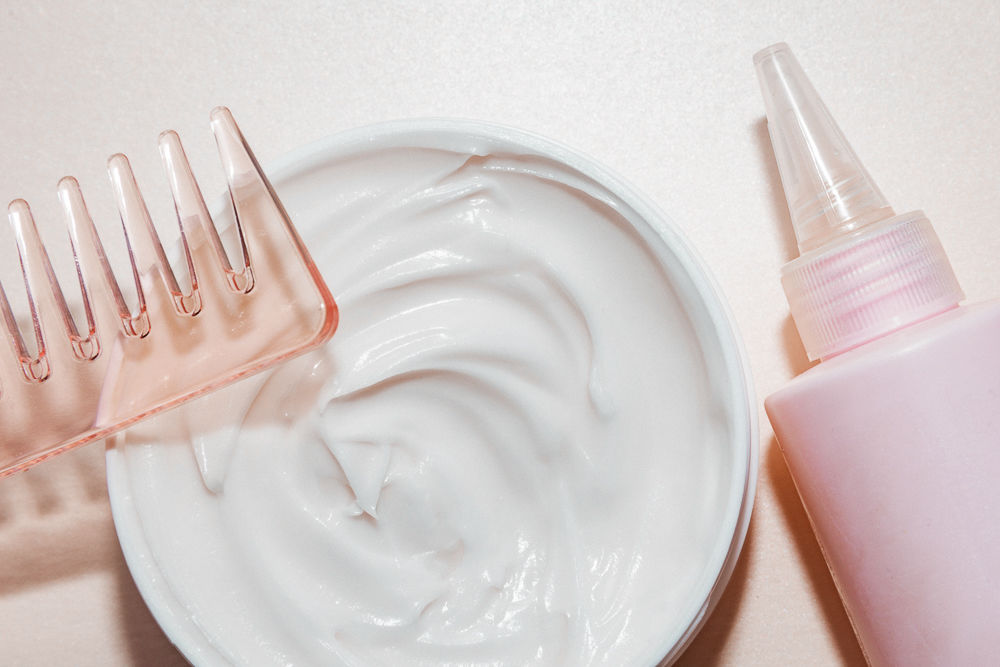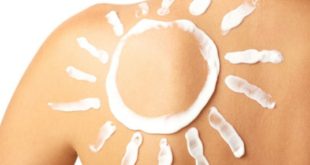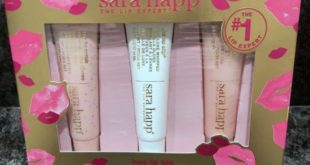
Welcome to Ask A Derm, a monthly feature where board-certified dermatologist Shereene Idriss is on hand to answer your most pressing skin-related questions. Though nothing can substitute a visit to Dr. Idriss’ practice at Union Square Dermatology, think of this as your skincare primer before your appointment date arrives. Get to know Dr. Idriss a bit better through her Top Shelf here, and through her Instagram account, @shereeneidriss. Got a question you’d like Dr. Idriss to answer? Ask away at [email protected].
On Healing New Scars
Dear Dr. Idriss,
I was recently in a car crash—don’t worry, everyone’s OK!—but was left with some scarring on my face. This has triggered a deeply vain part of me and now I’m focused on getting rid of these scars as quickly as possible. How should I approach this? How can I heal them so they don’t leave a lasting mark?
Sincerely,
Scarred For Life?
Dear Scarred,
First of all, I’m so happy to read that everyone is OK! A car accident is certainly something to take very seriously, and its effects—both from a mental and physical standpoint—are something that can be felt long after. One of the physical effects, of course, is scarring. Much of what can be done to successfully treat it depends on you, simply because scarring behaves differently across skin types. Scarring can be less forgiving in darker skin tones. If not tended to aggressively right away, it can lead to lingering hyperpigmentation. No matter your complexion, the first step in reducing scarring is to make sure the scar area is clean at all times. Clean it with a gentle wash made of mild soap and water—harsh cleansers run the risk of triggering an allergic reaction which will actually make your scarring worse.
Second, keep the wound moist by covering it with a thick Vaseline-like ointment. Do not use Neosporin, which can trigger an allergic reaction and make the scar worse. Covering it with a bandage can provide additional healing support by protecting it from the sun, especially if you are prone to hypertrophic scars or keloids. After cleaning it and applying an ointment, stick on a silicone scar sheet like the ones from Scar Away, which I like to recommend because you can cut the sheets to the shape of any scar. Using them 12 hours a day can help minimize scar growth and keep scars flat in the initial stages of healing.
If you want to skip the bandage, then you absolutely must protect your skin with sunscreen—the sun darkens scars! And make it SPF 30 or higher. That’s really all that you can do for yourself to help your scars, and keep in mind that it can take up to eight months for your scars to fully heal, with the majority of healing taking place in the first two months. After you give it some time and follow these steps, let me know how you’re doing! There are more aggressive in-office treatments to explore as well, and I’m happy to talk you through them, but I encourage you to try these home measures first.
When Your Hydrating Moisturizer… Stings?
Dear Dr. Idriss,
I recently bought a super popular moisturizer that everyone seems to love, but it’s making my skin BURN! What gives? Am I being overly sensitive? Does the burning mean it’s chock-full of actives and it’s actually doing something good for my skin? Or in other words, how can a person tell if they’re having an allergic reaction to a product, versus responding to powerful (but overall effective) active ingredients?
Sincerely,
Hot In Here
Dear Hot,
The most important thing to understand is that everyone is different, and that two people can experience wildly different reactions to the same product. What may work for 90-percent of the population may not work for you. You asked if you were being overly sensitive, and my answer is maybe! But that’s not your fault. Some skin is extremely sensitive, and at risk of developing allergies to even the most benign and common skincare ingredient. These ingredients range from the obvious (alcohol, cinnamon, fragrance in general) to the less obvious, like Balsam of Peru, which is a fragrance ingredient. It may be worthwhile to see a local dermatologist to get allergy tested in the form of a patch test, and that will help you figure out which ingredients you’re reacting to specifically.
Another thing that might be happening is that you are reacting to an essential oil. Essentially oils can be irritating because of the fragrance factor, but they can also cause issues when they are citrus-derived (and a lot of them are). These citrus-derived essential oils react to sun exposure and can irritate your skin, which is to say the sun and not necessarily the essential oil might be the main issue. To find out, test it in an area that you know will receive no sun exposure (I’ll let you figure out the best area for that). If you don’t have a reaction, it’s the sun! If you do, then it’s the product.
That leads me to my last point. You asked if you might feel the burning sensation as just a consequence of active ingredients, but a skincare product should not leave you burning. And besides, there are too many good moisturizers out there for you to feel an annoying tingly sensation every day.
The Truth About Hair Loss
Dear Dr. Idriss,
It’s embarrassing to admit, but I’m finding that my hair looks thinner and thinner each year. It’s a bit scary, and I’m not ready to part ways with so much of my hair just yet. I’ve done a little research and the results don’t look promising. Does anything work to stop hair loss?
Sincerely,
Losing It
Dear Losing it,
Eventually, hair loss comes for most of us. Some of us may experience a little, some of us may experience a lot, but eventually, it happens to a lot of us. What makes hair loss tricky is that it can be the result of many different things. Hair loss as we age is expected, but hair loss in your 30s or early 20s? That can point to an underlying illness or a vitamin deficiency. My recommendation is to visit your derm and start from there. Your dermatologist will likely order a battery of tests that will look at your iron levels, your thyroid health, and how much vitamin D your body is working with.
While you’re waiting on your test results, there are other things you can do to help your hair. Try to go as natural as possible—no dyeing, chemical relaxers, or hot tools. Treat your hair with kindness, and don’t pull it back in super tight ponytails or braids. At the very least you’ll be preventing breakage, which will help with your overall hair health. Diet also plays a huge role in hair loss. Extreme dieting is not a good idea for a lot of reasons, one of which is that it can cause your hair to fall out. So make sure you’re eating a well balanced diet that’s rich in iron and protein, while at the same time, don’t overload on vitamin A, which can also lead to hair loss.
Minoxidil (i.e. Rogaine) is a popular over-the-counter treatment that works to keep your hair in its growth phase for a longer period of time. But if you want something stronger, your derm can help. Propecia is a prescribed hair growth supplement for men, and spironolactone has been proven to help women with hair loss.
Once you’ve ruled out everything else, you can try PRP to help with hair regrowth. It’s best for people with female or male pattern hair loss, otherwise known as overall thinning. Two, maybe three treatments spaced apart by a month might do the trick. If you like what you see after three months, you can pick up treatment again in another six months. If you have a bald spot (and not general hair thinning) then you’re probably working with alopecia, which can be triggered by an autoimmune issue and depending on the type of alopecia may be able to be treated with steroid shots from a dermatologist. Just keep in mind that it is normal to lose between 50 to 100 hairs a day. You’re always making new hair and shedding the old.
Sincerely,
Shereene Idriss
Photo via ITG



